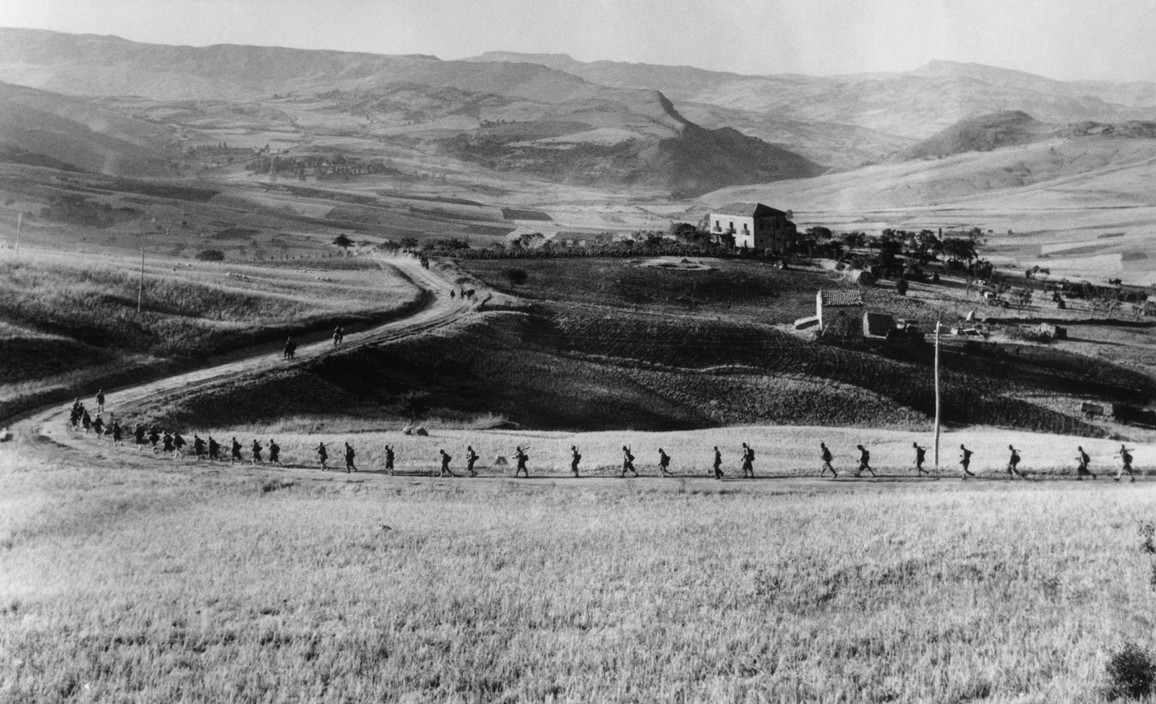A photography composition lesson: take photos from very far (or very close) to show a sense of scale.
For example, in some of these photos by Robert Capa, note how he makes people look super small; like ants:


Near Namdinh, May 1954.



Agrigento. July 17th-18th, 1943. After air raids, in the recently liberated city.

The main Post Office, destroyed by a time bomb left behind by the Germans before the liberation of the city.
La poste centrale après l’explosion d’une bombe à retardement déposée par l’armée allemande.









Or this photo by Rene Burri, shot from a far distance; note the sense of scale and how small the people look. Shot with a telephoto lens from a tall building:

Or some epic scale photos by Henri Cartier-Bresson; note the lovely and simple dynamic compositions, with the subjects very small:








“I was visiting the museum and happened to look out of an upstairs window, and saw this empty marketplace, stark in its lack of activity.”
Tips to photograph scale:
- Use a wide angle lens, take many steps backwards, and make your subjects look very small. Try to capture the surrounding architecture and scene. Make the landscape more dominant than the person.
- When shooting from a high angle, use a telephoto lens to zoom into the action (like what Rene Burri did with his famous rooftop photo).
- Think of the relation or the juxtaposition between the subject and the environment.
Street Photography Composition Lessons
For distilled lessons on composition, read the free ebook: “The Street Photography Composition Manual.”
Articles to improve your street photography composition:
- Composition Lesson #1: Triangles
- Composition Lesson #2: Figure-to-ground
- Composition Lesson #3: Diagonals
- Composition Lesson #4: Leading Lines
- Composition Lesson #5: Depth
- Composition Lesson #6: Framing
- Composition Lesson #7: Perspective
- Composition Lesson #8: Curves
- Composition Lesson #9: Self-Portraits
- Composition Lesson #10: Urban Landscapes
- Composition Lesson #11: “Spot the not”
- Composition Lesson #12: Color Theory
- Composition Lesson #13: Multiple-Subjects
- Composition Lesson #14: Square Format
- Composition Lesson #15: Chunking
Make better photos:
Composition Theory

Learn compositional theory:
- Why is Composition Important?
- Don’t Think About Composition When You’re Shooting Street Photography
- How to Use Negative Space
- Street Photography Composition 101
- The Theory of Composition in Street Photography: 7 Lessons from Henri Cartier-Bresson
Composition lectures
Compositional lessons from the masters of art

Learn more: Photography 101 >

